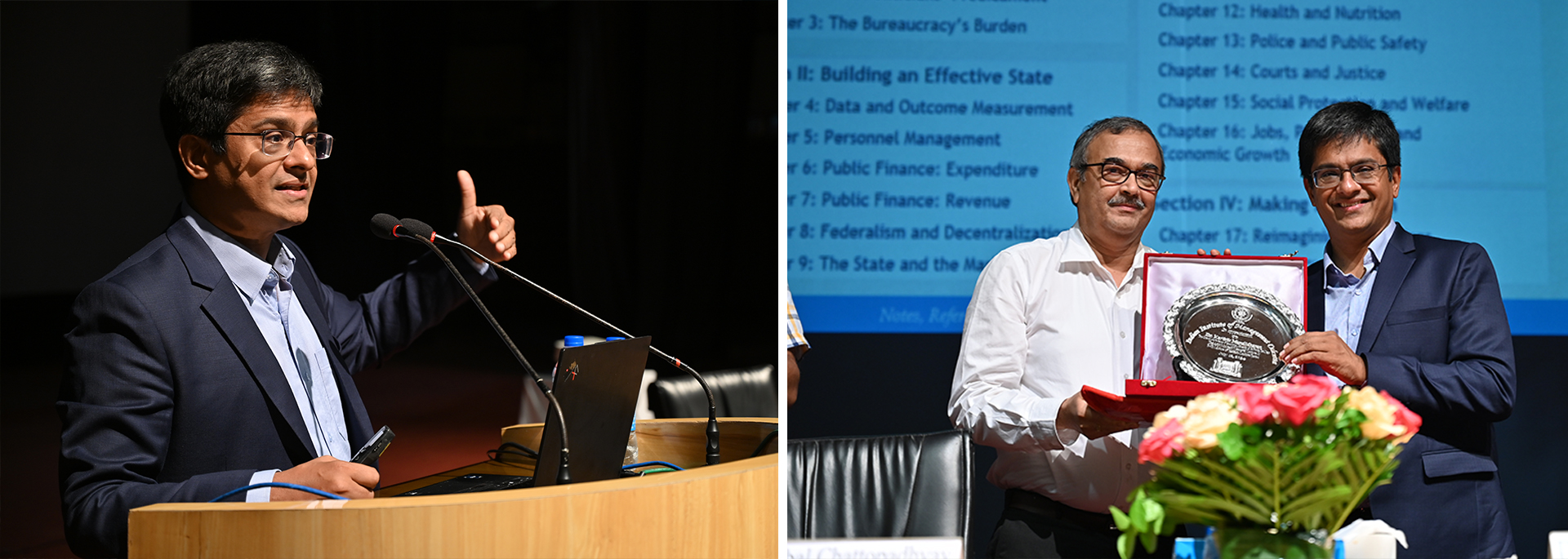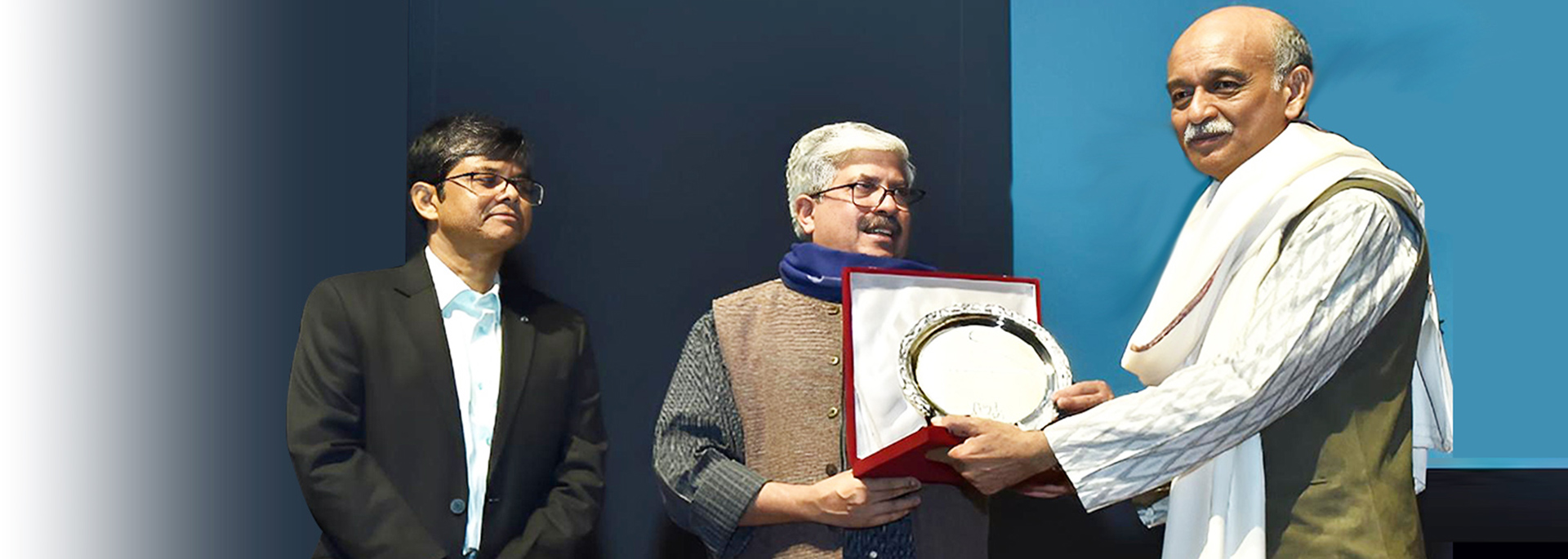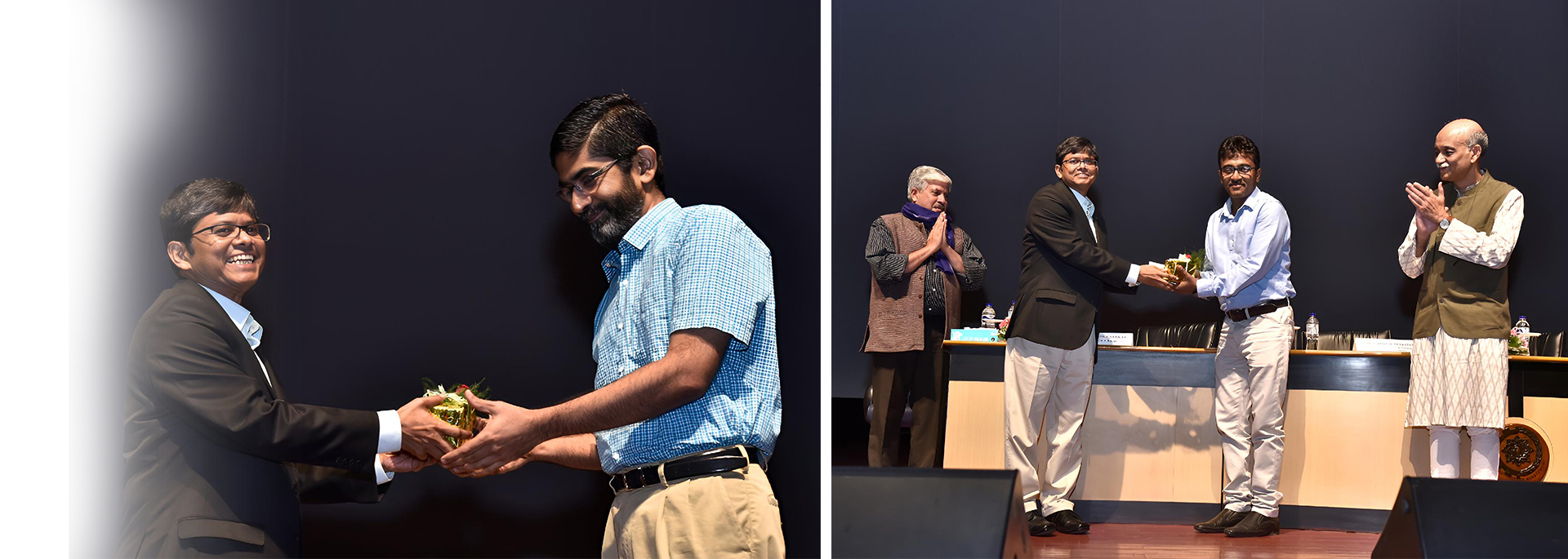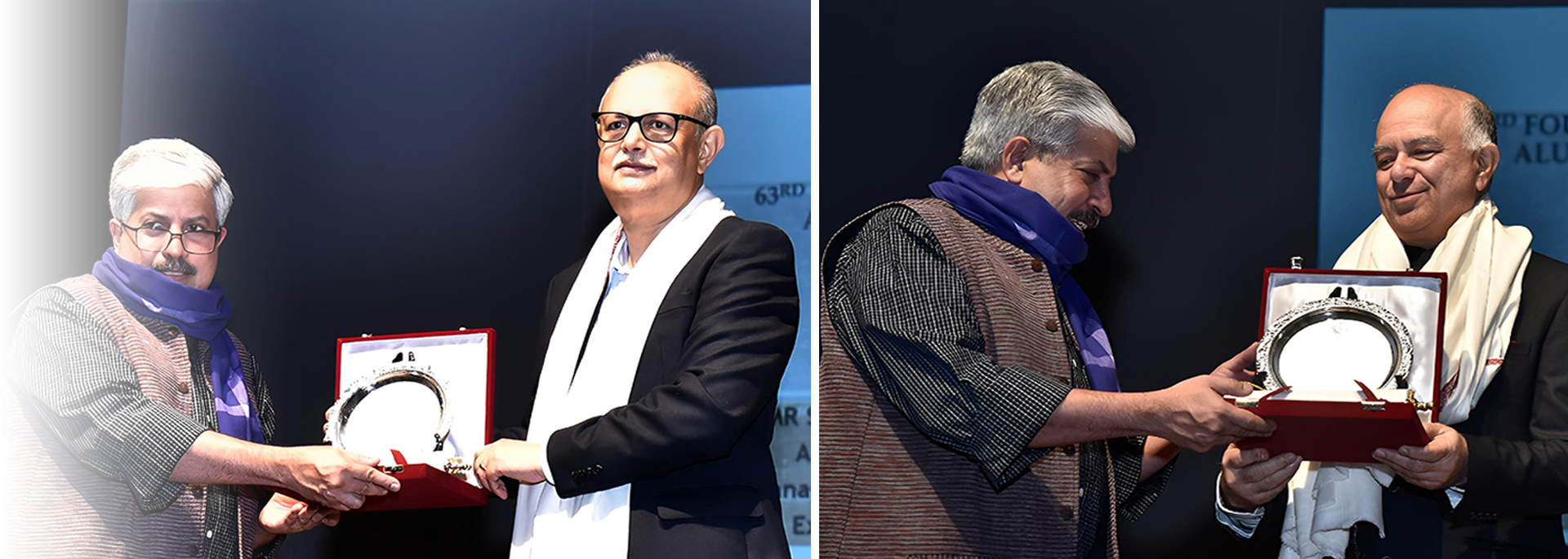The Hindu Business Line
The Indian School of Business (ISB), at the time of writing this article, boasts 50,835 ‘likes’ on its Facebook page, 18,308 members on LinkedIn, 11,600 followers on Twitter, and 2,463 subscribers on YouTube. These users follow the B-school actively on social media and are engaged in a dialogue with the institute. For a decade-old community that grows with each passing year, these figures are encouraging.
They reflect one of the most successful social engagement programmes carried out by a business school in India. The institute has been slashing its traditional media spends and has instead been increasing its social and digital media budget over the last three years. Three years ago, around 10 per cent of ISB’s total media budget was spent on social and digital media, now, it has increased to 50 per cent.
“The outreach is micro-targeted. We are able to reach our audiences based on age, education, profession, industry, geography, location,” says Sriram Gopalakrishnan, Director, Marketing and Communications, ISB. The medium facilitates a two-way exchange and is a good way to ascertain the pulse of the target audience. ISB interacts with prospective applicants, alumni, prospective mid-career professionals for its executive education programmes, recruiters, faculty and the general public through digital media.
Kiruba Shankar, Founder and CEO of Business Blogging, and Founder, Director at F5ive Technologies agrees with Gopalakrishnan. “Students and parents both do their evaluations online these days when it comes to opting for an educational institution,” he adds.
Leveraging the Web
Business schools in India, only recently, have understood the reach of the digital medium and are now warming up to it. Despite this, they still have a lot of catching up to do. The India Institute of Management (IIM) Calcutta has a comparatively weaker social media presence, irrespective of the size of its alumni community and batches and it being one of the oldest business schools in India. The B-school’s Facebook page has garnered 13,805 ‘likes’; it has 24,259 and 10,900 followers on LinkedIn and Twitter respectively, and a meagre 1,733 YouTube subscribers in comparison with ISB’s 2,463.
IIM-C is working hard to improve its social media presence. Along with its own communication team of professionals and students, the business school has hired a social media marketing agency to take care of its online presence. “Our time, effort, and spends in social media have gone up dramatically in the last one year,” says Chandradeep Mitra, professor of the Sports, Entertainment & Media Marketing course at IIM-C. “For our management development programmes we have experienced better traction through these platforms.”
Most business schools are using social media to communicate with their stakeholders and for branding and promotion purposes. “All the information for prospective students such as deadlines for application, how to apply and so on are communicated through FB and other platforms, in addition to the conventional email,” says Harshavardhan, student member of the media cell at the TA Pai Management Institute (TAPMI). The events happening at TAPMI such as festivals, or guest lectures and leadership seminars are promoted extensively through Twitter, FB and other online media forums, says Harshvardhan.
IIM-C on the other hand leverages social media to promote student diversity. “Not just foreign students but NRIs should get a taste of what happens in a B-school in India through social media,” says Partha Sarthy Reddy, member of the student media cell at IIM-C.
With the help of students and dedicated professionals business schools have managed a decent foray into social media, but a well thought-out strategy will be needed to bring a sustainable change. “Most of the B-schools are just scratching the surface when it comes to social media,” according to F5ive’s Shankar who also teaches digital and social media at BIM Trichy and Great Lakes Institute of Management. “A dedicated staff for social media management for educational institutes is important,” he adds.
Amongst business schools in India, ISB is one step ahead when it comes to social media. The institute has recently entered the mobile space with its latest mobile application called ISB360 for prospective applicants. “Our mobile application is fairly distinct and at par with those of top business schools abroad, it will be central to our entire outreach programme in the coming year,” says Gopalakrishnan.
Learning the ropes
To establish themselves as a brand within the industry, research-oriented B-schools need to promote themselves as knowledge creators. ISB has become a front-runner in the knowledge sharing domain too with its new and well curated platform called ISB Insight. The dedicated website has digitised the last 8-10 years of research-based articles and published them online. Most business schools are identifying digital and social media marketing as one of the core marketing concepts now and have included the newly-evolved media into their curriculums. “We are trying to incorporate understanding and learning of the medium into multiple courses,” says Mitra of IIM-C. “There are courses now that teach students how to look at social media with a marketing analytics perspective and for consumer insight.”
IIM-C doesn’t have a course on digital media yet and has incorporated the social media learning into three courses:Integrated marketing communication, sports entertainment and media marketing and innovations in marketing theory and practices. TAPMI and ISB have already introduced dedicated social and digital media courses into their curriculums. Social and digital media has pervaded our lives over a short period of time.
Aside from being a platform for interaction for Business Schools, including the study of it in the school’s curriculum and providing the students a solid grounding in the ways of digital media is likely to come handy for all future managers, be it marketing or HR. Business schools in India need to recognise this need at the earliest.



.png)




